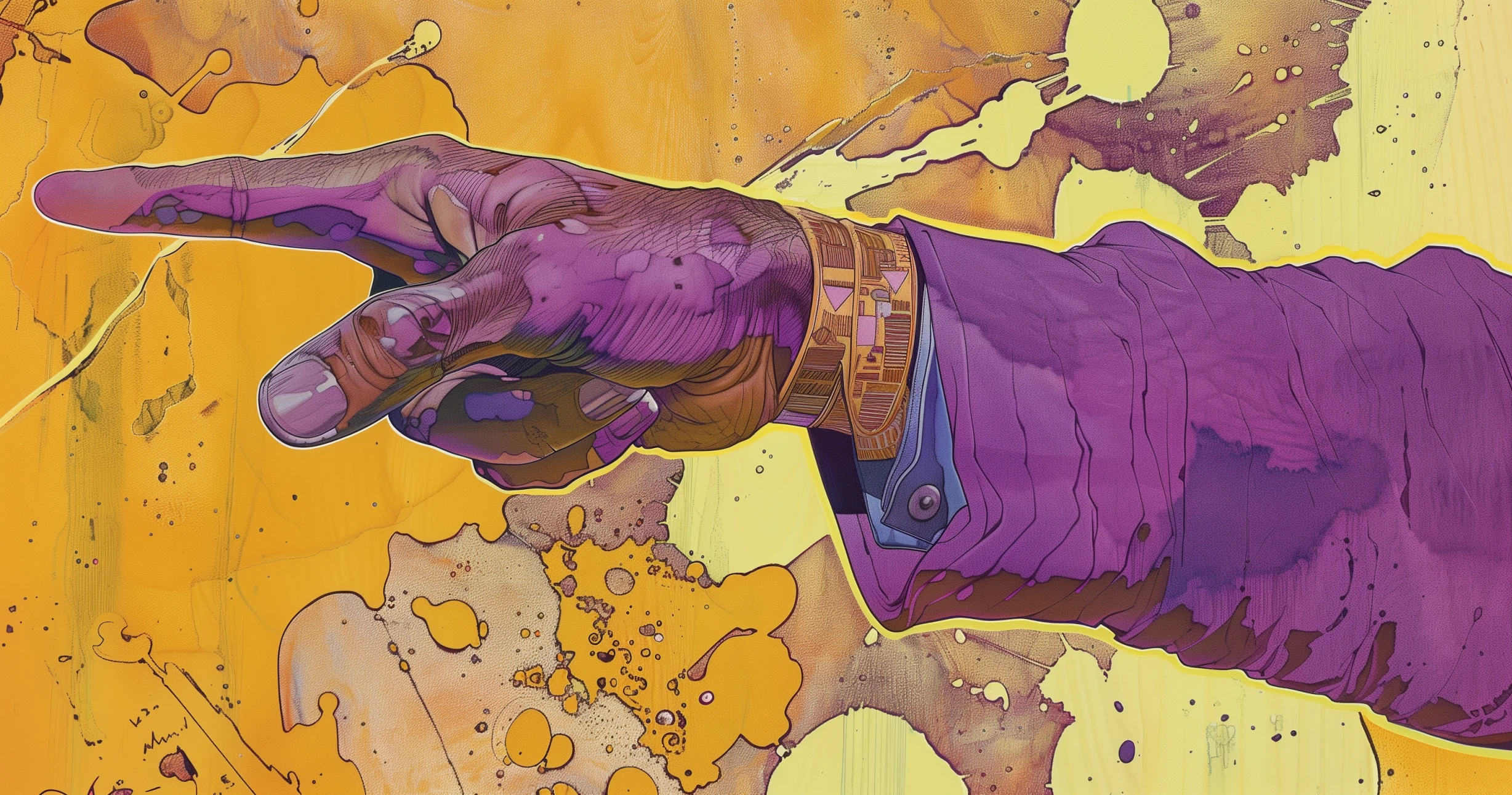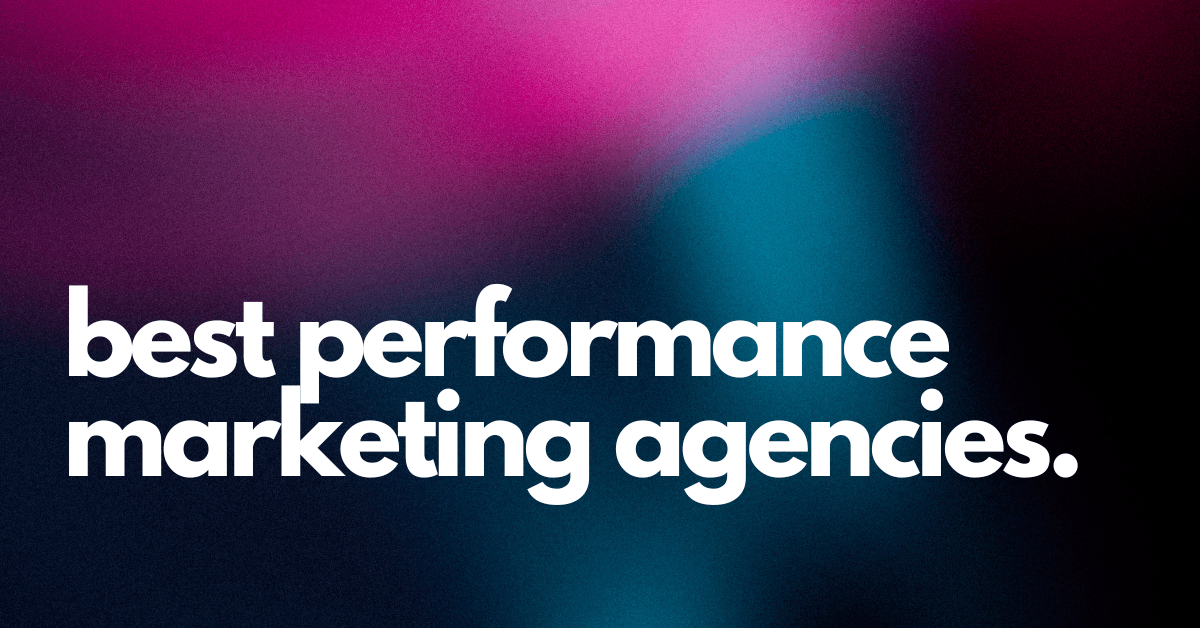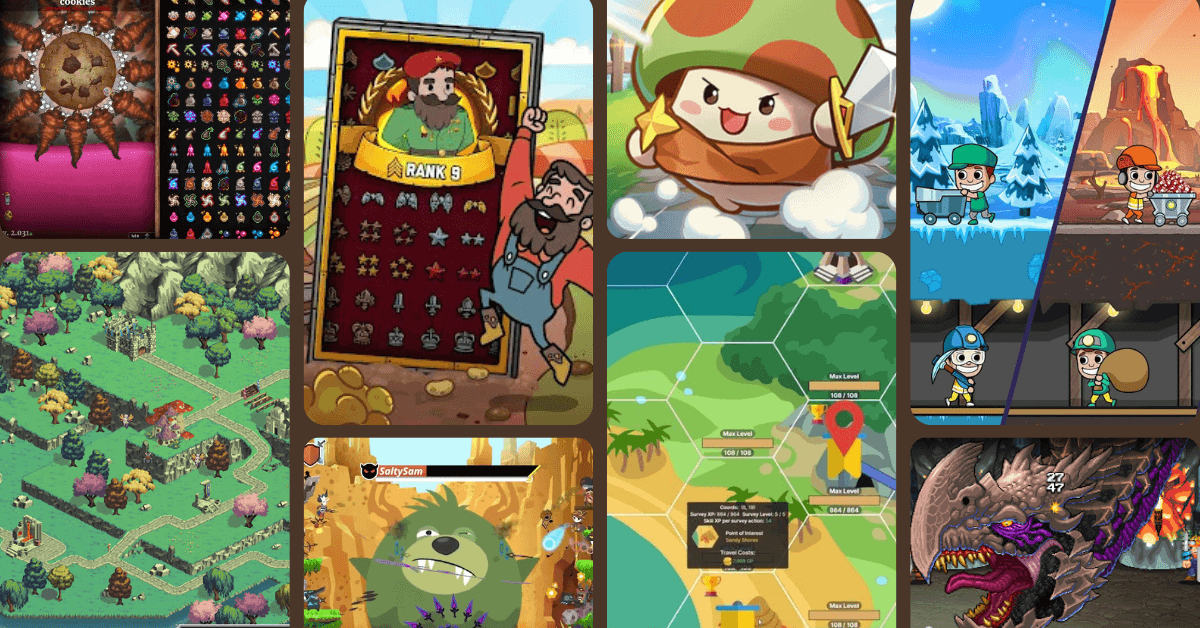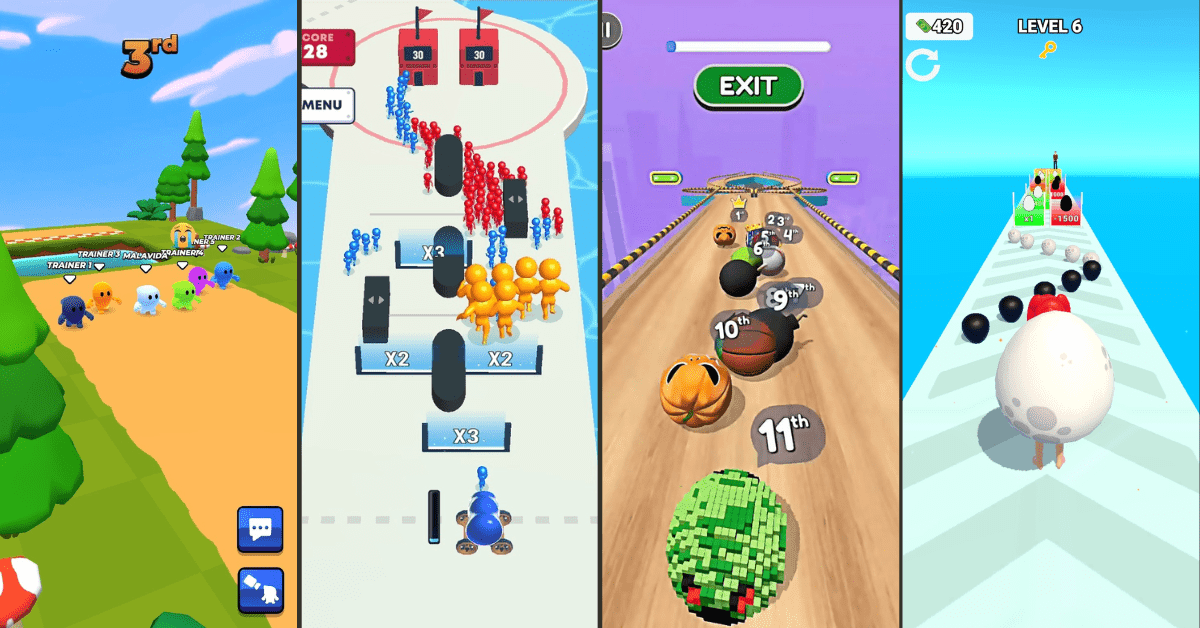Let’s be honest – user acquisition is too expensive to get wrong.
You’re putting serious money into campaigns, creatives, and channels. But are you actually getting the results you should be? Are installs growing but revenue flatlining? Are you hearing more excuses than insights?
If any of that sounds familiar, you’re not alone. We’ve seen it all – from agencies that disappear after onboarding to UA teams that coast on autopilot while budgets burn.
This checklist isn’t here to “help you reflect.” It’s here to help you call it like it is.
So go through it with your current UA partner in mind. Be brutally honest.
If too many of these hit a nerve, you already know what needs to happen next.
Let’s get into it!
1. You Don’t Know What’s Actually Working
Ask yourself this: if someone pressed you right now to explain why a particular campaign is scaling or tanking, could you answer?
If your user acquisition agency isn’t giving you a clear breakdown of what’s working (and why), they’re keeping you in the dark. You should have insights into performance by creative, channel, platform, geo, audience segment – not just a weekly ROAS chart and a vague comment about “trends.”
Guesswork is not a strategy. Yet, too many agencies operate like that’s good enough.
And let’s be clear: it’s not just about data access. It’s about whether your agency is translating that data into actionable insights. Are they showing you which creatives are scaling profitably? Which countries are burning budget? Which cohorts are driving actual long-term value?
If not, they’re either flying blind or hoping you are.
2. They Keep Blaming “The Algorithm”
We’ve heard this one too many times:
“Meta’s algorithm needs more time.”
“Google’s AI is still optimizing.”
“It’s the platform’s learning phase.”
Sound familiar?
If your UA agency’s go-to excuse is “the algorithm,” that’s a red flag. Yes, machine learning matters. Yes, platforms like Meta and Google use black-box systems. But hiding behind that black box is what weak agencies do when they don’t have answers.
Strong UA partners know how to work with the algorithm, not hide behind it. They test aggressively. They know when to give campaigns space and when to intervene. They don’t sit back and watch your budget burn in the name of patience.
Blaming the algorithm is lazy. It’s what you say when you’re out of ideas – or when you don’t want to admit that your creatives suck, your targeting is off, or your UA strategy is outdated.
So ask yourself: when performance dips, does your agency roll up their sleeves and start diagnosing fast? Or do they ask you to wait and hope things magically turn around?
Hope is not a strategy – and neither is blaming the algorithm.
3. You’re Always Chasing Installs, Not Revenue
[hook_quote_div]
Let’s cut to the chase: installs are easy. Profit is hard.
If your agency is still obsessing over CPIs while ignoring what happens after the install, they’re stuck in the past. A decade ago, optimizing for cheap installs might’ve worked.
Today? You need campaigns that drive revenue, not vanity metrics.
Ask yourself: how often does your agency talk about retention? LTV? Payback periods? Are they measuring performance based on day 7, 14, or 30 ROAS – or are they still reporting only on cost-per-install like it’s 2015?
Here’s the truth: low CPIs don’t mean anything if users churn on Day 1. You need players who stick, engage, and spend. That means optimizing for post-install value, not just volume.
A real UA partner will think like a business owner. They’ll focus on profitability, not just acquisition. They’ll challenge your monetization model. They’ll push for creative strategies that attract higher-quality users, even if that means slightly higher CPIs, because the return justifies it.
If your agency keeps patting themselves on the back for bringing in cheap traffic while your revenue stays flat, it’s time to ask: what exactly are we paying them for?
4. You’re Still Getting Generic Creatives
Be honest – do your ads look like something that could’ve been made in Canva in 10 minutes?
If so, you’re not testing. You’re not learning. And you’re definitely not standing out.
Weak agencies recycle the same formats over and over. They plug your game into a template, change the colors, and call it a “creative strategy.” But creative is the single biggest growth lever in mobile UA today – and generic just doesn’t cut it anymore.
Here’s what a real creative process looks like: dozens of variations. Different hooks. Multiple value props. A/B tests by format, length, character, voiceover, pacing. Winners get scaled. Losers get replaced. Insights fuel the next round.
You should be seeing why something works, not just that it worked. You should get ideas that connect to your game’s mechanics, monetization, audience segments. If your agency’s only suggestion is “Let’s try a UGC next,” that’s not a strategy – that’s guessing.
And let’s be real: if your creatives don’t stop the scroll in under two seconds, your campaign is already dead.
Still getting safe, templated, forgettable ads? That’s not “brand consistency.” That’s lazy execution. You deserve better.
5. They Don’t Push Back – Ever
A UA agency that agrees with everything you say might sound like a dream… until the results tank.
Here’s the truth: if your agency never challenges you, they’re not thinking critically – they’re just trying to keep the contract.
You’re hiring them for expertise. That means they should speak up when something’s off, whether it’s your creative direction, budget allocation, event tracking, or monetization model. A real partner isn’t afraid to say, “That won’t work, and here’s why.”
We’ve seen agencies say yes to everything: yes to cutting creative budgets, yes to shrinking testing time, yes to pausing campaigns that were about to peak – all because they didn’t want to ruffle feathers. The result? Wasted spend, lost momentum, and no accountability.
You don’t need someone who tells you what you want to hear. You need someone who tells you the truth, even when it’s uncomfortable.
If your agency is more focused on pleasing you than helping you grow, it’s not a partnership – it’s a paycheck.
You didn’t come this far to play nice. You came to scale. And scaling takes friction, disagreement, and decisions based on data, not deference.
6. Your UA Strategy Hasn’t Changed in Months
When was the last time your agency brought a new idea to the table?
Not a minor tweak. Not “let’s duplicate this campaign with a higher bid.” But an actual strategic shift – like testing a new channel, trying a bold creative angle, launching a fresh monetization funnel, or rethinking your audience structure?
If you’re drawing a blank, that’s a problem.
Mobile UA moves fast. What worked three months ago might be dead today. Platforms change. User behavior shifts. Algorithms evolve. And if your agency hasn’t changed anything in a while, you’re just coasting.
Sticking to what’s “worked before” is a slow path to irrelevance. We’ve taken over accounts from agencies running the same Facebook campaigns for a year straight – no creative testing, no new countries, no scaling experiments. Just rinse and repeat while ROAS slowly eroded.
A real UA partner should be obsessed with testing. Curious. Restless. Always looking for the next edge. Even when things are working, they should be asking, What’s next?
If your strategy feels stuck, your growth probably is too. And guess who pays the price? You. Not them.
7. You Never Hear About Competitor Trends
If your UA agency isn’t telling you what your competitors are doing… they’re not doing enough.
You don’t operate in a vacuum – and neither should your UA strategy. Market trends, genre-specific creative angles, ad formats that are peaking right now, what’s scaling in your niche – these are things your agency should bring to you proactively.
Top-performing campaigns often start with competitive insights. What hooks are dominating in your category? What kind of offers are converting? Which creative styles are outperforming others? If your agency isn’t tracking that, you’re flying blind while others sprint ahead.
We’re not talking about copying your competitors. We’re talking about understanding the space you’re competing in. If you’re in casual puzzle games, your ad strategy shouldn’t look like a midcore RPG. If your category is flooded with story-driven UGC, your cinematic trailer won’t stand a chance.
The best agencies have a wide view – they see what’s performing across dozens (or hundreds) of games, not just yours. That means they can spot early trends, validate new tactics fast, and help you capitalize before everyone else catches on.
If your agency has never said, “Here’s something we’ve seen working across other titles,” ask yourself why.
Because staying competitive starts with actually knowing what the competition is doing.
8. You’re Always the One Following Up
This one’s simple: if you’re constantly chasing your agency for updates, ideas, or answers, the relationship is broken.
You shouldn’t have to email twice just to get performance reports. You shouldn’t be the one reminding them about creative deadlines or upcoming launches. And you definitely shouldn’t be the only one bringing new ideas to the table.
A real UA partner is proactive. They come to you with insights, not just data dumps. They raise red flags before things go off the rails. They push for new tests, creative refreshes, scaling strategies – without waiting for your permission.
When an agency actually cares about your growth, you feel it. You don’t have to beg for attention. You don’t have to wonder what’s going on behind the scenes. They show up. They overcommunicate. They act like it’s their money on the line.
And look – we get it. Everyone gets busy. But if radio silence is the norm and accountability is rare, that’s not a bandwidth issue. That’s a lack of ownership.
You’re not paying for a passive vendor. You’re paying for someone who thinks about your game even when you’re not. If they’re not doing that, they’re not worth keeping.
9. You’ve Outgrown Them
Some agencies are great… until you start to grow.
They might’ve helped you launch, got you to breakeven, maybe even brought some early wins. But now that budgets are bigger, goals are steeper, and expectations are higher, things are stalling.
That’s not a coincidence.
Not every agency is built to scale. Many are great at the early hustle – setting up accounts, testing a few creatives, managing modest spend. But once you cross into serious territory – six figures a month, multiple markets, ongoing creative testing – they fall apart.
We’ve stepped into accounts that were capped not by market potential or product quality, but by the agency’s capacity. They couldn’t handle the volume of creative production. They didn’t know how to structure global campaigns. They didn’t have the systems for rapid iteration or deeper analysis.
And worst of all? They didn’t admit it.
Instead, they blamed platform volatility. Or claimed “you’ve hit the ceiling.” Or said you just needed to wait it out.
Let’s be clear: if your agency can’t scale with you, they’ll end up holding you back.
And your growth shouldn’t depend on whether your agency can keep up. You need a partner who’s already played at the level you’re trying to reach.
10. You’re Reading This
Let’s be honest – the fact that you’re even here, reading a checklist about firing your UA agency, says a lot.
Most game studios in healthy partnerships aren’t googling this. They’re not questioning if their agency is good enough. They’re not wondering if their growth is being held back. You are. And that instinct? It’s usually right.
You don’t need all ten points to justify a change. If even two or three of these hit uncomfortably close to home, that’s enough. Because when UA is done right, you feel it. You see it. You stop worrying about it.
But if your agency’s got you second-guessing, chasing updates, or carrying the strategic load yourself, then what, exactly, are you paying for?
You deserve a partner who’s as invested in your success as you are.
And if you’ve read this far, it might be time to find one.
So… Should You Fire Them?
Only you can answer that. But let’s not pretend it’s a mystery.
If this checklist made you nod more than once, it’s probably not a one-off issue – it’s a pattern. And patterns don’t fix themselves. The truth is, every month you wait is more budget wasted and more growth left on the table.
User acquisition isn’t just about hitting targets. It’s about having the right people in your corner. People who push you. Who bring new ideas. Who own performance like it’s their own business.
That’s how we operate at Udonis.
Since 2015, we’ve helped mobile games go from struggling to scaling, from break-even to break-out success. We’ve managed UA for studios big and small – Sybo, King, Voodoo, Tastypill, Playsome, and many others you’ve probably seen on the charts.
So if you’re ready for a partner who’s not afraid to shake things up, challenge the status quo, and push for real results – maybe it’s time we talk!







Comments